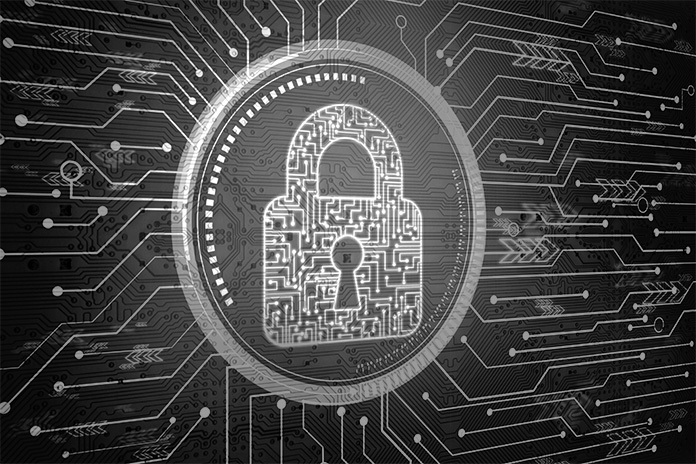
FROM dragging their feet about it, to being forced into it, and now that’s the only way they want to do it.
Working From Home was a concept available long before the pandemic came along and booted everyone into their home offices.
In the mad scramble to get equipment and connectivity in working shape during the early stages of the lockdowns, some corners may have been cut and shortcuts taken to get things up and running.
Unless these were remedied rather quickly, they could potentially pose security gaps that cyber criminals would eagerly have benefited from.
An IDC survey of 450 cybersecurity leaders from nine industries in nine Asian countries, commissioned by Fortinet, showed that 70% of organisations surveyed in Singapore reported a doubling in breaches, and close to half of them saw a 3-times jump.
With 92% of the respondents having a hybrid or fully remote working model, it’s not surprising that the findings showed a spike in cybersecurity breaches.
The top security incidents are the usual suspects — phishing, denial of service, data/identity theft, ransomware — resulting in network and performance challenges and data loss.
No Safety In Numbers
The growing sophistication of cyber threats is top of mind for organisations who want to keep their networks secure. However, there are obstacles to navigate: How to do it effectively; inadequate awareness of the issues; a poor chain of command within organisations; and employees at varying stages of IT awareness. These factors, among others, make it difficult for organisations to rein in the cybersecurity threats.
With the surge of cloud computing and rise of remote work, an increasing number of users, devices and data are located outside of enterprise networks.
This rise of mobile, edge and cloud computing in enterprises, at the expense of the centralised corporate data centres, has seen the arrival of a new acronym — SASE (Secure access service edge).
SASE converges cloud-delivered platforms that securely connects users, systems, endpoints, and remote networks to apps and resources via a single vendor. This has helped ease the discomfort of Frankenstein networks involving various parts and vendors, each with the potential to be compromised.
While some companies will go the extra mile to loop these off-site locations in the security net, the survey showed that over 30% of devices connecting to networks in Singapore are unmanaged, raising the possibility of security breaches. Survey respondents in Singapore expect this figure to rise, with more than three-quarters predicting a 50% increase by 2025.
With employees on average requiring more than 25 connections to third-party cloud applications, the risks of facing security breaches are quite high.
Keeping Security Simple
With all the publicity about security breaches and their consequences, organisations are looking for a simpler way to keep things safe in the network without having to invest too much in terms of time, energy and additional personnel.
A single vendor offering a seamless fix has been Fortinet’s growing influence in this space.
“We aim to simplify security policy management and enhance the user experience for remote employees,” explained Jess Ng, Country Manager, Fortinet Singapore.
“These survey findings highlight the importance of prioritising security posture and investing in cloud-delivered solutions that seamlessly integrate with on-prem solutions to manage hybrid work environments and mitigate risks,” said Simon Piff, Research VP at IDC Asia/Pacific.
In other words, keep things simple with one handler who will be responsible for the smooth running of things so businesses can spend their time conducting business rather than housekeeping.



















